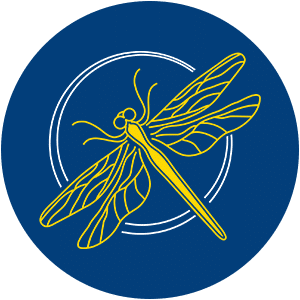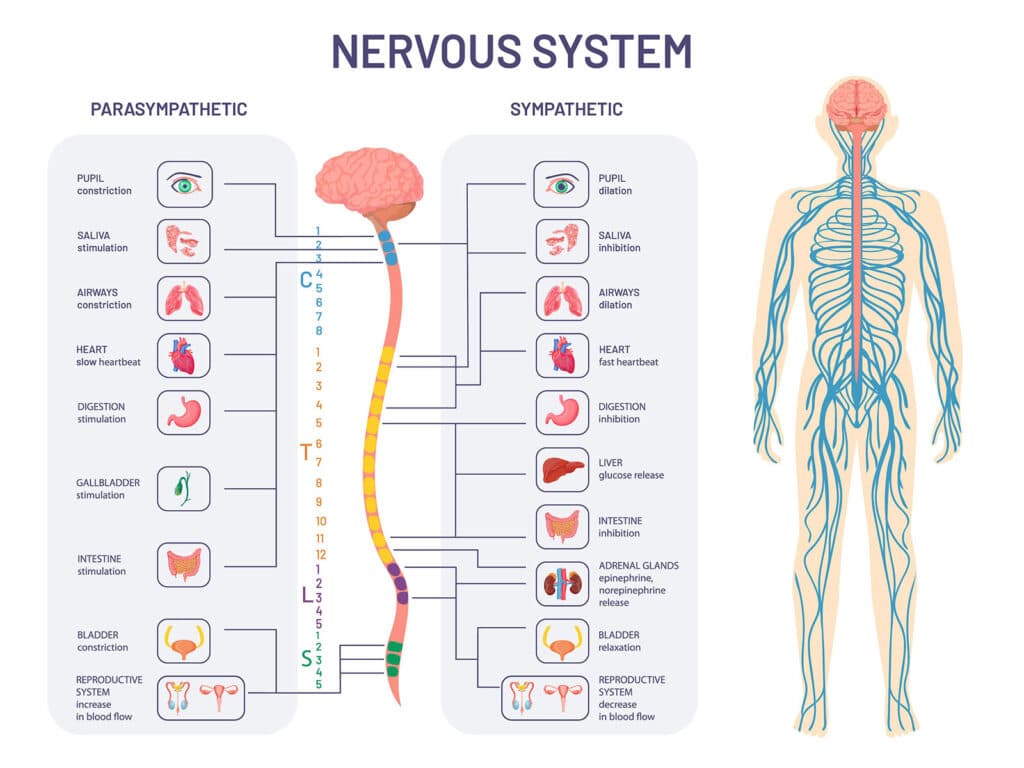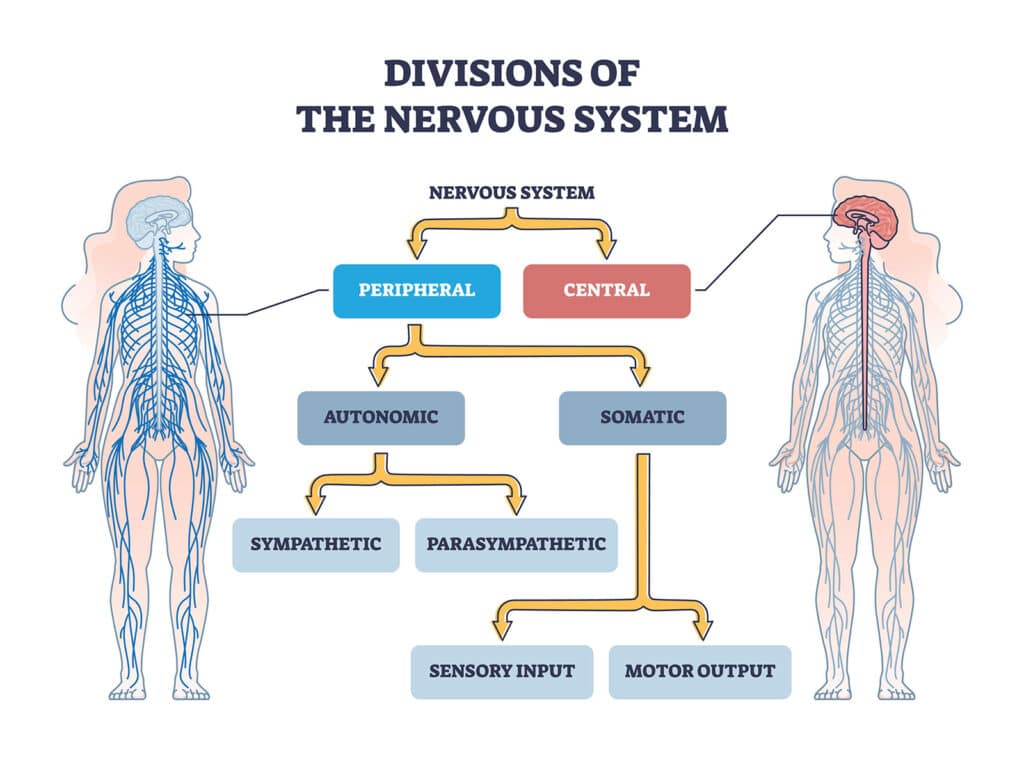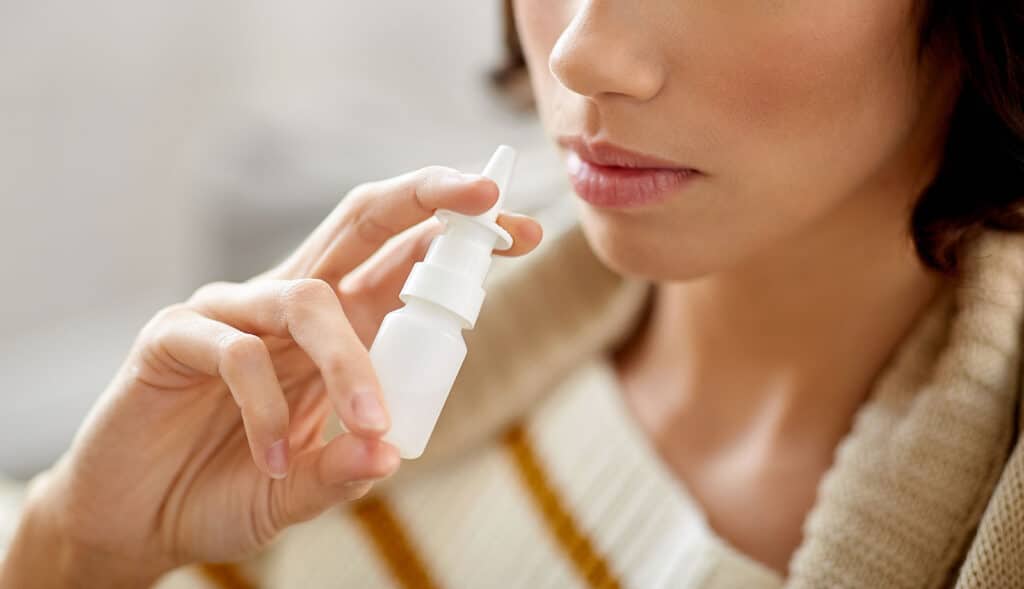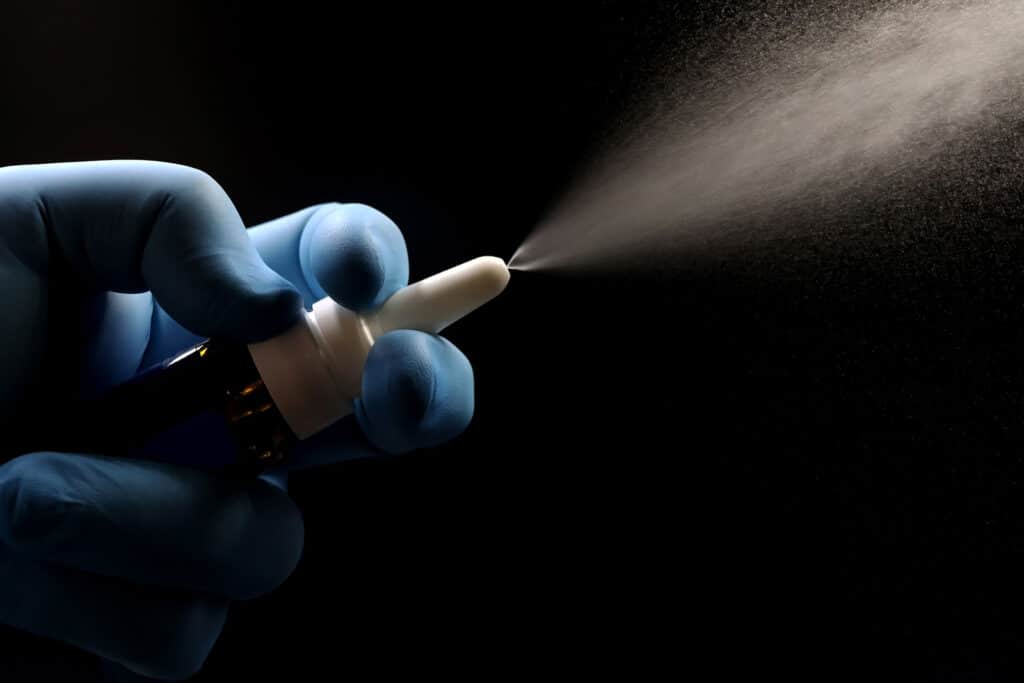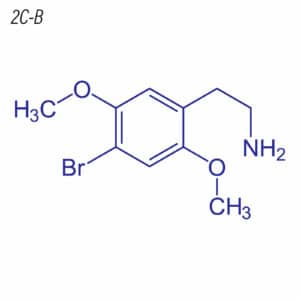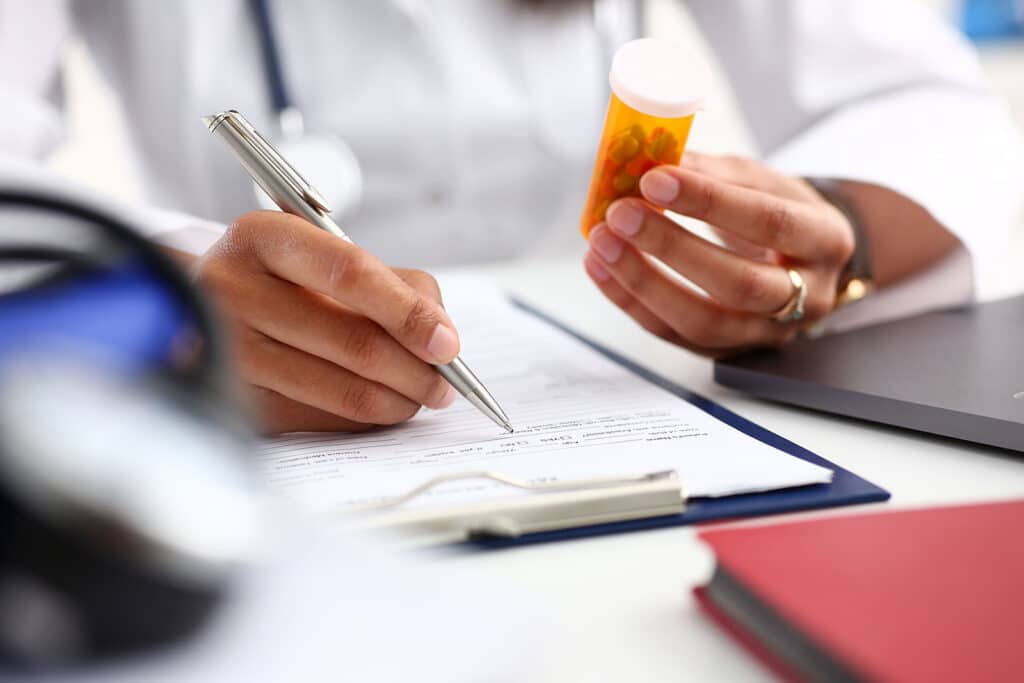For many years, naltrexone has been one of the most effective medications for managing substance use disorders. This non-addictive substance can help to reduce cravings and resolve addiction triggers. Some research suggests that it might also have some effects on patients’ weights. If you’re interested in losing weight, here is what you need to know about the weight-loss effects of naltrexone.
What Is Naltrexone?
Naltrexone is a type of medication that is FDA-approved for treating opioid use disorders and alcohol use disorders. It can be taken as a pill or an injection, and its main use is to prevent drug and alcohol cravings. Most people with substance use disorders take naltrexone for around three to four months, but some find it helpful to use naltrexone for longer periods of time. Naltrexone is safe, non-addictive, and does not have intoxicating effects.
Naltrexone is effective because it’s an opioid receptor antagonist. It binds to the opioid receptors in your brain and blocks drugs or alcohol from reaching them. This keeps people from feeling the pleasurable sensations of substance use, so they no longer have an incentive to take drugs or alcohol. In addition to making substance use less pleasant, naltrexone also reduces cravings, so people will feel less desire to consume substances in the first place.
The Connection Between Naltrexone and Weight Loss
When patients started taking naltrexone to manage addiction, many discovered that they were starting to unintentionally lose weight. Why does this happen? It turns out that naltrexone can also affect appetite. Since it blocks your opioid receptors, naltrexone affects many bodily functions. The opioid system regulates things like pain, reward, hunger, and mood, so it can greatly impact your weight.
2016 research found that naltrexone’s ability to block opioid receptors ended up reducing subjects’ reward feedback system. When people overate, they didn’t get the rush of satisfaction normally associated with eating sugary, fatty food. This reduced their incentive to eat caloric foods, so they could lose weight more easily.
This reduction in cravings can have a big impact on weight loss. A 2011 study found that those who took naltrexone were three times as likely to lose 15% of their total body weight. Patients using naltrexone also tended to lose larger amounts of weight compared to people who tried traditional weight loss techniques.
Combining Naltrexone and Bupropion for Weight Management
A lot of the research into naltrexone for weight loss focuses on the idea of combining it with another similar medication. Bupropion is a common antidepressant that also helps to reduce tobacco cravings. It’s a norepinephrine reuptake inhibitor which means it increases the concentration of certain hormones that help with alertness and blood flow.
When naltrexone and bupropion are combined into a single medication, they tend to work together and provide even more useful effects. While naltrexone alone helps to prevent overeating of caloric foods, bupropion helps to boost energy and stabilize your mood. By combining the two medications, patients have fewer cravings but still feel alert and active while eating at a caloric deficit.
The Advantages of Using Naltrexone for Weight Loss
Naltrexone provides people with a lot of helpful ways to manage their weight. Of course, people using naltrexone still need to eat fewer calories than they burn if they want to lose weight. It won’t magically make pounds fall off while you continue to eat excessively. However, the way it interacts with your body makes it a lot easier and less stressful to lose weight. People who try naltrexone for weight loss often report these advantages:
- Lowered appetite: People still get food cravings on naltrexone, but these cravings tend to occur less often and are satisfied more easily. The lower appetite helps you naturally eat less.
- Reduced incentive to overeat: With naltrexone, most people no longer feel a rush of satisfaction from binging on food. This makes it a lot easier to eat moderately.
- Improved mood: Especially if you take a naltrexone/bupropion medication, you’ll find that you feel less stressed and sad. This can help to combat emotional overeating.
- Stabilized blood sugar: Naltrexone helps to improve insulin sensitivity, so you have less drastic blood sugar swings. This prevents hypoglycemic crashes that might make you crave sugary or carb-laden food.
- More energy: One of the big reasons that people stop dieting is because they feel tired and fatigued. Naltrexone and bupropion can help you feel more alert and active even if you’re eating less.
Potential Side Effects and Concerns of Using Naltrexone for Weight Loss
Though naltrexone has some promising weight loss effects, it’s not a foolproof method. There are some side effects associated with this medication. In a 2017 study, 22% of test subjects chose to leave the study due to the side effects of naltrexone. The most commonly reported issue was gastrointestinal upset and nausea. Some people also had anxiety, headaches, insomnia, or dizziness. Those who take very high doses may be more susceptible to liver damage. In most patients, side effects were strongest right when they started using the medication and calmed down over time. No research indicates that there is a risk associated with long-term naltrexone use.
Though all of these side effects can sound concerning, it’s important to keep in mind that naltrexone is still a very safe medication. Extensive reviews were conducted before the FDA approved it, and there is no evidence that it causes serious side effects. While some patients might have minor issues like nausea, naltrexone doesn’t cause dangerous issues like heart failure or strokes.
In fact, 2019 research found that patients who took naltrexone actually reported less serious health problems than patients who took a placebo medication instead. For most people who are ill enough to need naltrexone, the benefits will outweigh the risks. Dealing with minor side effects is often safer than continuing to live with obesity or a substance use disorder.
Who Can Benefit From Losing Weight With Naltrexone?
Naltrexone isn’t typically prescribed for patients who just gained a few pounds and want to return to their normal weight. Since it’s a serious medication with possible side effects, most doctors do not want to give it to patients who can lose weight with traditional methods. Instead, the medication is usually only prescribed to those who are medically overweight or obese and have tried and failed to lose weight through dieting and exercise.
Naltrexone is not safe to take if you are pregnant, nursing children, or have acute liver failure. It is also not prescribed to patients who plan to continue taking opioids, alcohol, or other substances that slow breathing. Taking naltrexone alongside opioids and alcohol can increase the risk of overdose because it lowers your tolerance and blocks some of the effects. This can cause patients to take dangerously large doses without realizing it.
If you’re interested in naltrexone, keep in mind that it must be taken under medical supervision. Due to the risk of side effects, you need a doctor who can monitor your progress and ensure you remain healthy enough to use the medication.
Naltrexone vs. Traditional Weight Loss Methods
Naltrexone is just one of the many tools available to people looking to lose weight. Traditional methods like counting calories and getting regular exercise can be just as effective. The main benefit of naltrexone is simply that it makes it easier and less stressful to follow these techniques.
People get the best results from naltrexone when they work with a professional nutritionist to relearn healthy eating habits. Speaking with a weight loss professional can also help you make lifestyle changes that ensure you won’t regain weight once you quit using naltrexone.
Explore the Potential of Naltrexone at Illinois Recovery Center
Ultimately, naltrexone does show some promise as a weight loss medication. However, it’s important to keep in mind that weight loss is just a side effect of naltrexone, and it should only be used by people with severe weight issues. Naltrexone’s main purpose is to help people manage substance use disorders. Unlike using naltrexone for weight loss, there are few alternatives to using naltrexone for addiction. It’s one of the only medications that can help people stop the cycle of drug abuse.
If you or a loved one is dealing with addiction, naltrexone can provide relief. It’s proven to be one of the most effective ways of managing your cravings, so you can stay clean and focus on improving your well-being. Illinois Recovery Center is happy to provide naltrexone and other types of medication-assisted treatment for qualifying patients. To learn more about our services, call or email us today.

